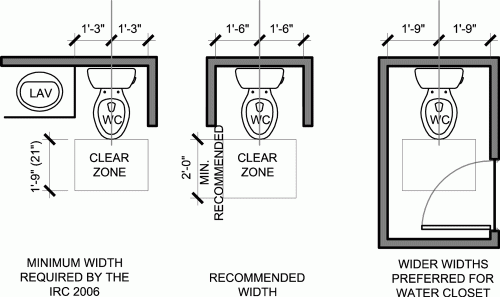The Role of Chemistry in Architecture and Engineering
I recall my high school days sitting in chemistry class and wondering how it would ever apply in my adult life. As it turned out – quite a bit and in hindsight I might have done my future self far better if I had paid closer attention to my teacher. Chemistry plays a crucial role in architecture and engineering by influencing materials, durability, and structural integrity. Architects and Engineers rely on chemistry to select materials that withstand environmental conditions, prevent corrosion, and improve energy efficiency. Understanding chemical reactions helps architects design buildings that last longer and perform better.

Material Science and Chemistry
Architects and Engineers choose materials based on their chemical properties. For example, concrete hardens through a chemical reaction called hydration, where cement reacts with water. The result is a strong, durable material used in buildings, bridges, and roads.
Metals like steel and aluminum resist weathering due to protective coatings. Galvanization, a process that coats steel with zinc, prevents rust and extends the lifespan of buildings. Understanding chemistry helps architects and engineers select the right materials for different environments.
Galvanic Action and Corrosion
When two different metals touch in a wet environment, an electrical reaction called galvanic action can cause corrosion. For example, if aluminum and copper come into contact, aluminum deteriorates faster. Architects and Engineers must prevent this by using protective coatings, insulating materials, or selecting compatible metals.

Learn more about galvanic action here: National Association of Corrosion Engineers (NACE)
Energy Efficiency and Sustainability
Chemistry also improves energy efficiency in buildings. Low-emissivity (Low-E) glass has a thin chemical coating that reduces heat transfer, keeping buildings cooler in summer and warmer in winter. Phase-change materials (PCMs) absorb and release heat, reducing energy use.
Sustainable architecture uses biodegradable insulation and self-cleaning concrete, which breaks down pollutants using chemical reactions. These innovations make buildings more environmentally friendly.
Explore sustainable materials here: U.S. Green Building Council
Conclusion
Chemistry shapes architecture and engineering through materials, corrosion prevention, and energy efficiency. Understanding chemical processes helps architects and engineers design safe, durable, and sustainable buildings. Learning chemistry can open doors to careers in architecture and engineering.









